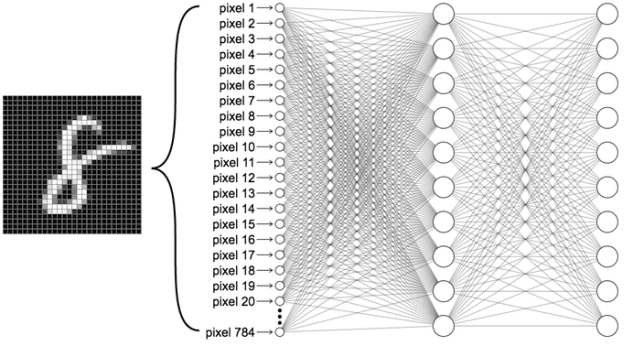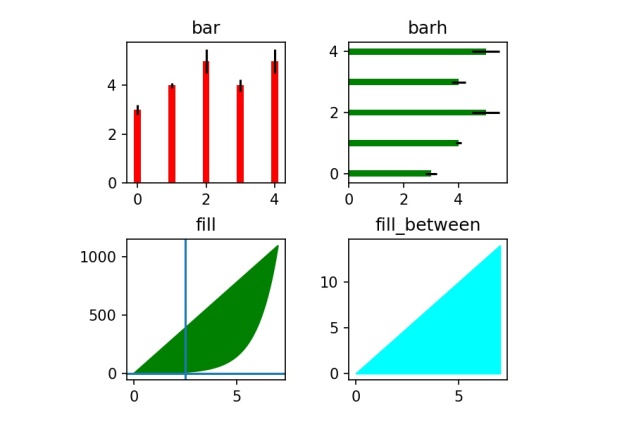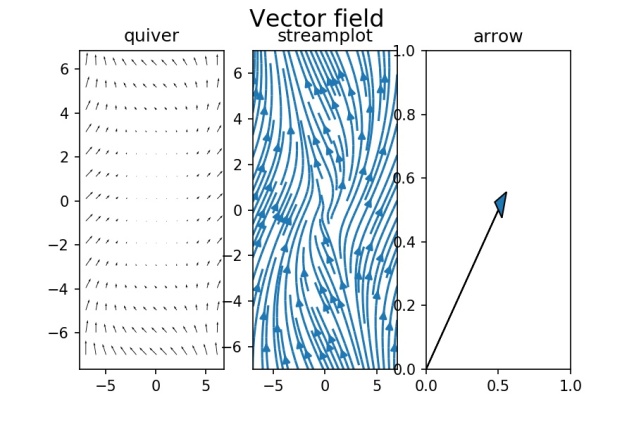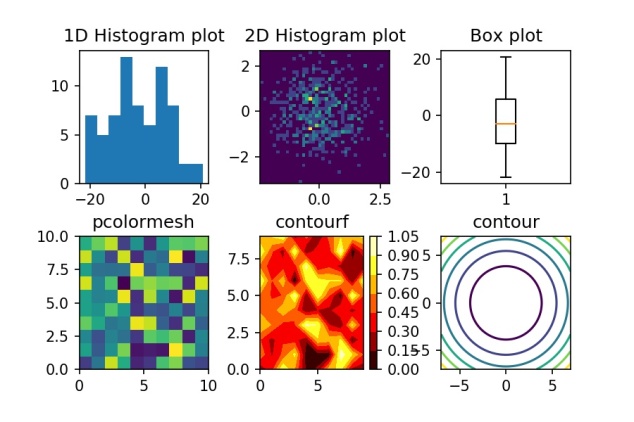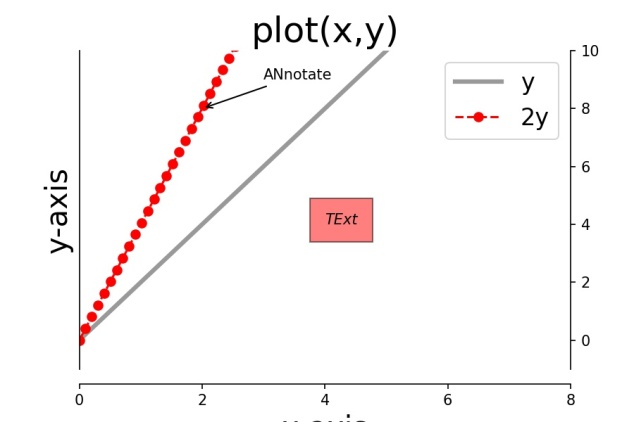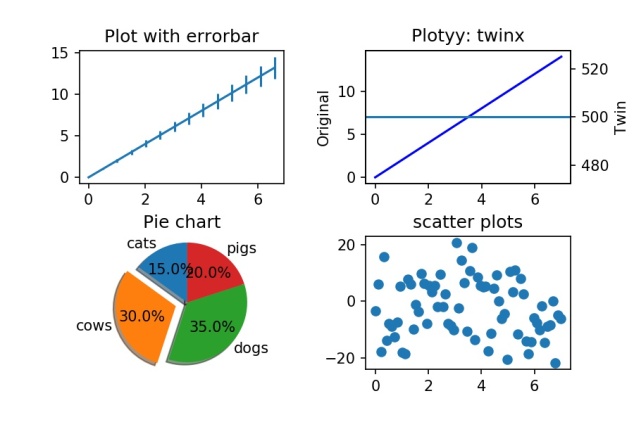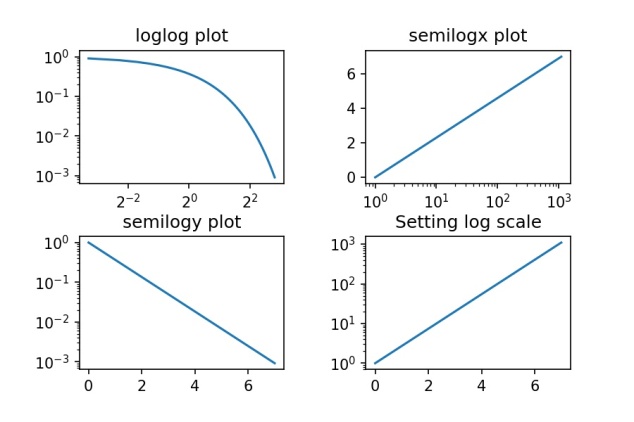The field of machine learning (ML) is advancing rapidly due to which it is crucial for a data scientist or a machine learning engineer to read about the latest trends and be prepared for the future. It is time-consuming and sometimes confusing to go through numerous articles to get ourselves updated. After referring various resources, I have compiled a list of machine learning topics which could get a lot of attention in 2018.
Fundamental Research
Deep learning is one of the important tools of a data scientist and 2018 will witness better understanding of its theory [1]. The hot topics of 2018 will be capsule networks, generative adversarial networks (GAN), deep reinforcement learning, lean & augmented learning, meta-learning, probabilistic programming, hybrid models and artificial general intelligence (AGI) [1-4]. “Explainable AI” will also gain a lot of interest [1, 2].
Programming
Python overtook R in the field of data science and machine learning [7, 8] in 2017 and this trend might continue in 2018. TensorFlow became the popular deep learning framework in 2017 [9] and the ease of its use due to Keras could further boost its popularity in 2018. PyTorch has been gaining traction and Google reacted by introducing TensorFlow Fold.
The high demand and low supply of data scientists have driven the efforts to improve the efficiency and effectiveness of machine learning so that a data scientist can perform a variety of tasks in less time [3]. As a result, code independent ML [3] and automated ML [1-3] is expected to gain prominence in 2018 and a data scientist would rightly be valued for his expertise in the application of ML techniques instead of his/her coding abilities. This would allow people without programming background to enter the field of data science.
Machine learning is so diverse that a person could just spend his career building and optimizing neural networks in TensorFlow; the predictive analytics used in telecoms, e-commerce, banking etc. are different and yet important; the skills required to set up an instance at AWS or to maintain a database are unrelated to the skills of a data scientist [3]. Hence, the mythical “full stack data scientist” does not exist and some companies have realized it. In 2018, more companies will realize the same and stop expecting the same person to maintain a database, build neural networks and apply predictive analytics [3].
Business and Ethics
2018 will witness further increase in the applications of AI and machine learning in the fields of marketing, finance, healthcare, manufacturing, e-commerce, telecom, customer relationship management etc. [2,5,6]. The popular AI products of 2018 will be chatbots, virtual assistants, self-driving cars and advanced version of AlphaGo Zero [2,3,5,6].
Data security, privacy and ethical use of AI will be the key topics of discussion between AI companies, governments and the public [2-4].
Conclusion
AI/ML will be more mature by the end of 2018 due to swift progress in fundamental research, simplification of programming neural networks, wider applications in industries and awareness regarding data privacy and ethical use of AI.
References
- http://usblogs.pwc.com/emerging-technology/top-10-ai-tech-trends-for-2018/
- https://www.kdnuggets.com/2017/12/machine-learning-ai-main-developments-2017-key-trends-2018.html
- https://www.datasciencecentral.com/profiles/blogs/6-predictions-about-data-science-machine-learning-and-ai-for-2018
- https://venturebeat.com/2018/01/02/10-predictions-for-deep-learning-in-2018/
- https://venturebeat.com/2017/12/20/ai-in-2018-what-works-what-doesnt-and-whats-still-science-fiction/
- https://dzone.com/articles/ai-and-machine-learning-trends-for-2018-what-to-ex
- https://www.kdnuggets.com/2017/09/python-vs-r-data-science-machine-learning.html
- https://www.datasciencecentral.com/profiles/blogs/python-overtakes-r-for-data-science-and-machine-learning
- https://medium.com/@karpathy/a-peek-at-trends-in-machine-learning-ab8a1085a106



